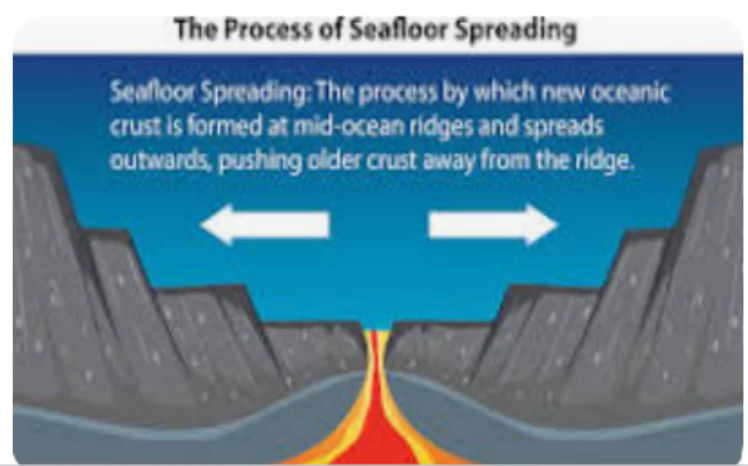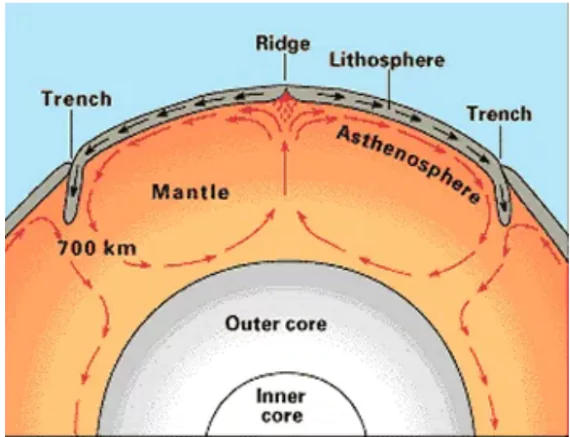![]() April 27, 2024
April 27, 2024
![]() 8846
8846
![]() 0
0
Post-drift studies, including mapping of the ocean floor, revealed that oceanic rocks were notably younger than continental ones. Rocks adjacent to mid-oceanic ridge crests displayed striking similarities in composition and age. Arthur Holmes made a significant contribution in the 1930s with his convectional current theory, proposing that convection currents within the Earth’s mantle, driven by thermal variances from radioactive elements, play a crucial role. These findings set the stage for the emergence of the sea floor spreading theory.


| Must Read | |
| Current Affairs | Editorial Analysis |
| Upsc Notes | Upsc Blogs |
| NCERT Notes | Free Main Answer Writing |
<div class="new-fform">
</div>
Latest Comments